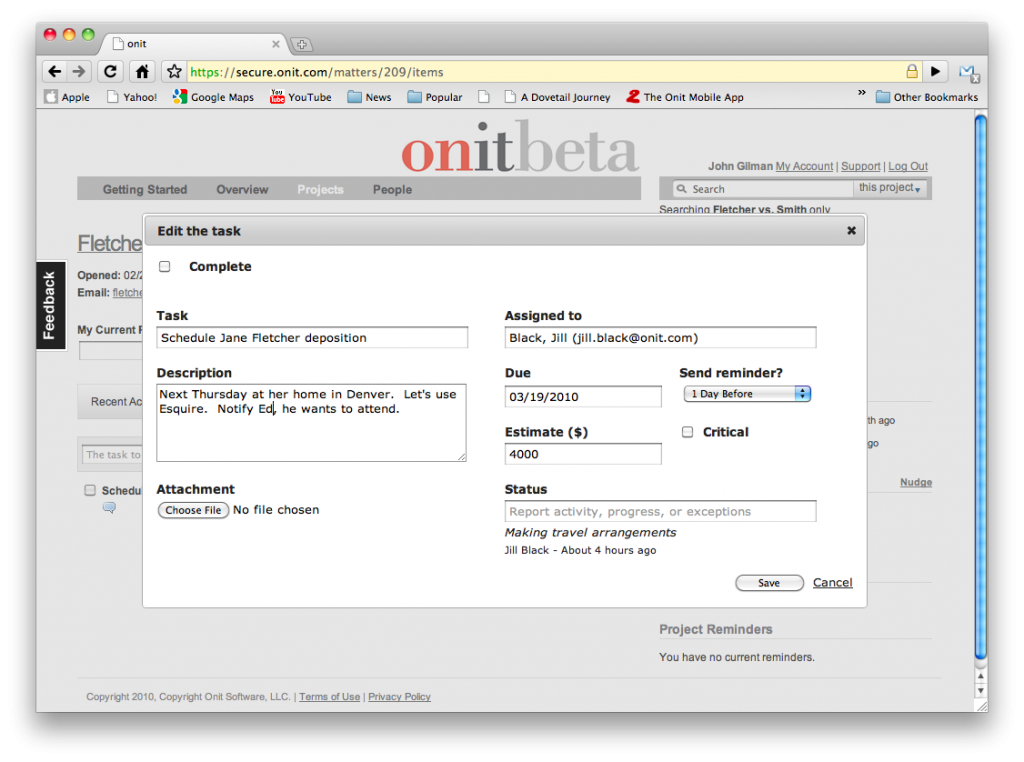Not really. But the process that the legal industry is going through to define legal project management is exactly like the process the industry went through to come up with standards for electronic invoicing in 1997 and 1998, which yielded the Legal Electronic Data Exchange Standards, or LEDES for short.
In the mid-1990’s, companies like AIG, GM, DuPont and countless others were creating their own formats for law firms to submit their invoices electronically. It made sense because there were no standards. Then electronic invoicing vendors like Examen and TyMetrix started writing their own formats and proposing that companies adopt them so that there would be less formats in the market. The short term result was more formats.
The solution was to have the industry get together and agree on a unified standard that may not necessarily cover everyone’s complete wish list, but was enough for law firms, corporations and vendors to start communicating in a common language. Until that happened in 1998, electronic invoicing was only a trickle. After that, the flow of data became a flood.
Today, there is a lot of chatter about legal project management. There are lot of ideas about what it means and why the legal industry needs it. There are also a growing number of definitions of legal project management. I find that they are predominantly from the law firm perspective, though. Not wrong, but our perspective is very much from the buyer of legal services perspective, not the seller. In my view, until the industry finds a way to come together and agree on a definition, legal project management will make little headway.
How the industry gets together to do this is a bit more challenging. In the earlier example of electronic invoicing, PriceWaterhouseCoopers funded the initiative and really facilitated the outcome. They did this, presumably, because they wanted to be seen as thought leaders and to generate fees eventually based on the implementation of electronic invoicing and spend management. And I think they were successful. Who will step forth for legal project management is less obvious. It can’t really be a vendor like Onit. And it can’t really be a law firm. And it can’t really be a corporation. I think it will take a forward-thinking, thought-leading consultancy that understands that investment is necessary here and that it will yield benefits in the future. Any takers?
Finally, in the interest of moving the ball forward, here is my top-level take on what legal project management means for corporate legal departments. Feel free to comment.
- Initiation
- Create project
- Define issue
- Define project goals and scope of work to be performed
- Define desired outcome
- Have initial conversation with outside counsel (if necessary) about the project
- Planning
- Agree on a project plan, which breaks all deliverables into discrete items
- Agree on a budget according to the project plan
- Agree on a staffing plan and detail who will work on the project and at what rate
- Execution & Monitoring
- Begin execution of the project plan
- Get weekly status updates (or more frequent for shorter projects)
- Completion & Evaluation
- When a project is complete, go through an evaluation process that includes the following:
-
- Project evaluation
- Firm evaluation
- Lessons learned
- Use closing process to help you create better templates for future projects


